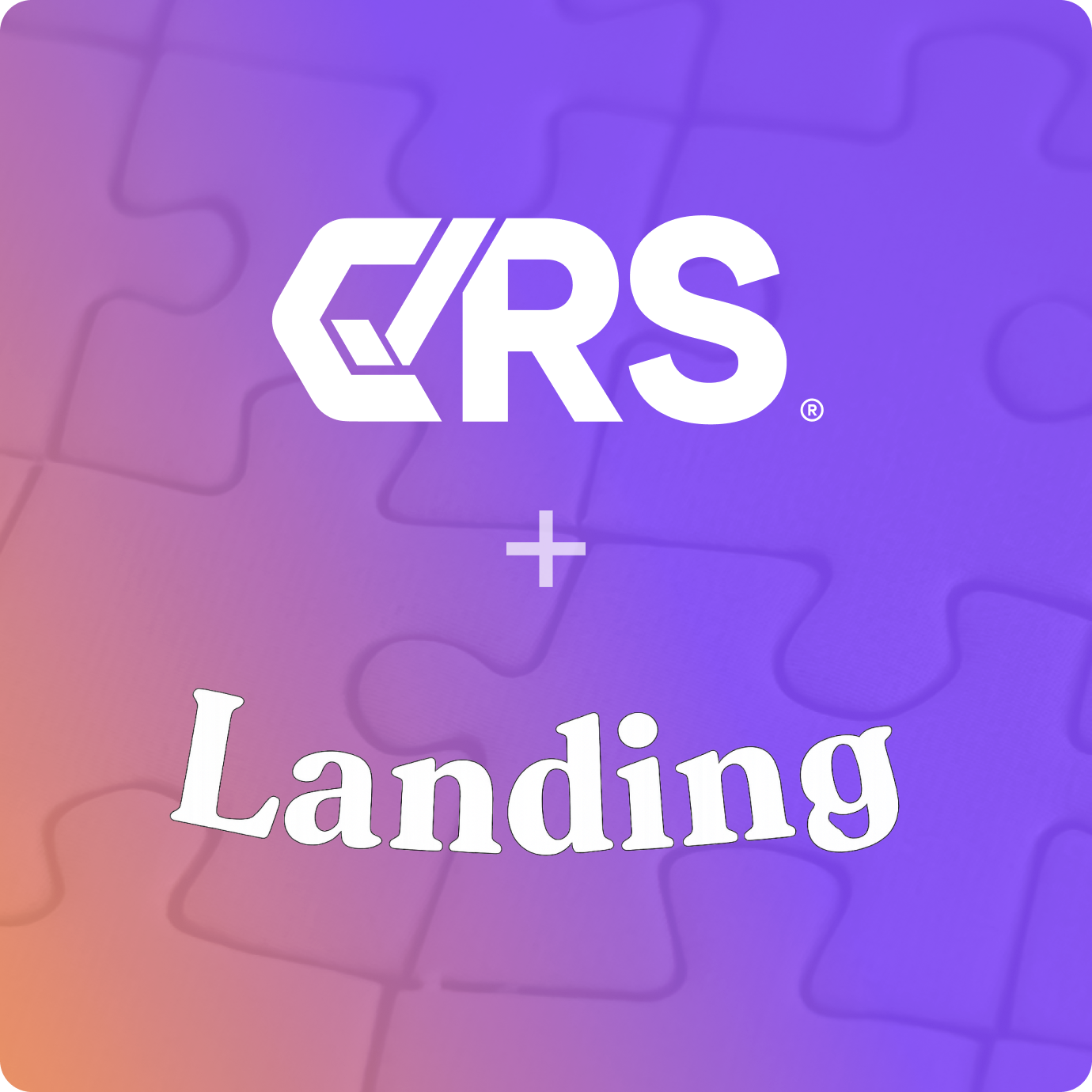Integrating credit bureau data efficiently can make or break a financial product’s launch timeline. Modern credit score APIs enable fintech companies and lenders to accelerate their time-to-market by automating data collection, supporting custom scoring formats, and providing unified access to multiple credit bureaus through a single integration point. By implementing the right API architecture, ensuring compliance from day one, and leveraging standardized credit data fields, organizations can reduce development cycles from months to weeks while maintaining accuracy and regulatory adherence.
Assess Your Data Requirements and Sources
Identifying the right mix of credit data sources is the foundation of any successful integration strategy. Organizations must evaluate both traditional credit bureau information and alternative data sources to create comprehensive borrower profiles while meeting regulatory requirements.
Start by cataloging your organization’s specific data needs, including standard credit bureau reports from Experian, Equifax, and TransUnion, as well as alternative credit data sources. Alternative credit data encompasses information beyond traditional credit reports—such as utility payments, rental history, and digital behaviors—that helps broaden borrower assessment capabilities and reduce exclusion for consumers with thin credit files. Research shows that incorporating rental and utility payment data can increase credit file coverage by up to 12 percentage points.
When evaluating data sources, consider this comparison framework:
Traditional Credit Sources:
-
Experian, Equifax, TransUnion
-
Comprehensive payment histories
-
Established credit accounts and inquiries
Alternative Credit Sources:
-
Utility providers and rental payment history
-
Bank account transaction patterns
-
Digital footprint and behavioral data
Platforms like CRS enable unified access to all major bureaus and additional sources through a single API endpoint, eliminating the need to manage multiple vendor relationships and integration points. This unified approach significantly reduces complexity and accelerates implementation timelines.
Select a Credit Score API Supporting Custom Scores and Standardized Data Fields
The right API choice determines both your immediate integration speed and long-term flexibility. Focus on platforms that offer compatibility with custom scoring models while maintaining standardized data output formats.
Prioritize APIs designed to support both standardized credit data fields and custom scoring capabilities. This flexibility allows for tailored risk assessment criteria while maintaining consistency across different credit bureau sources. Standardized credit data fields refer to uniform data structures, such as MISMO or XML formats, that ensure consistent interpretation of credit information regardless of the originating bureau. This standardization proves critical for compliance auditing, processing speed, and maintaining data integrity across systems.
Look for APIs offering unified bureau connectivity and robust data normalization features. CRS, for example, merges information from all major credit bureaus into a consistent format, eliminating the need to handle different data schemas and reducing development overhead.
|
API Capability |
Traditional Approach |
Modern Credit Score API |
|---|---|---|
|
Bureau Connectivity |
Multiple integrations required |
Single unified endpoint |
|
Data Format Support |
Bureau-specific schemas |
Standardized XML/MISMO formats |
|
Custom Scoring |
Limited or manual implementation |
Built-in support for custom algorithms |
|
Alternative Data |
Separate vendor relationships |
Integrated alternative data sources |
Implement Efficient Integration Architecture and Workflows
Technical architecture decisions made during the planning phase directly impact your integration timeline and long-term scalability. Focus on API-first design principles and automation-friendly workflows.
Successful integrations begin with comprehensive planning that includes technical requirements, resource allocation, and realistic timelines. Well-structured integration plans serve as roadmaps that keep development teams aligned and prevent costly delays during implementation.
Build your integration around an API-first, microservices-based architecture that enables scalable, continuous data flows between core systems, CRMs, and third-party credit bureaus. This approach allows individual components to be updated or replaced without affecting the entire system, providing flexibility as your business requirements evolve.
Follow this stepwise integration flow for optimal results:
-
Requirements Gathering – Document all data needs, compliance requirements, and performance expectations.
-
Protocol Selection – Choose appropriate connection methods (REST APIs, XML feeds) based on your technical stack.
-
Workflow Automation Setup – Configure automated data processing pipelines and error handling.
-
Testing and Go-Live – Execute comprehensive testing before initiating first production data pulls.
Use Asynchronous API Communication
Asynchronous API communication represents a critical performance optimization for high-volume lending environments. This integration design allows data requests and responses to be handled in the background while the main application continues processing other tasks, dramatically improving overall system efficiency.
Implement asynchronous HTTPS protocols for bureau data pulls to enable multiple parallel requests and eliminate processing bottlenecks. This approach is particularly valuable when pulling credit reports from multiple bureaus simultaneously or when managing high application volumes during peak business periods.
Consider this asynchronous request flow:
-
Application submits credit check request to API.
-
System immediately returns request confirmation with tracking ID.
-
Credit bureau queries execute in parallel background processes.
-
Application receives real-time status updates via webhooks.
-
Completed credit reports are delivered upon completion.
Automate Data Collection and Processing
Automation eliminates manual touchpoints that traditionally slow credit decisioning processes. Modern credit score APIs can automate credit report retrieval, document verification, data normalization, and application submission, dramatically reducing manual input and processing errors.
A credit score API functions as a technology platform providing real-time access to credit bureau data, enabling automated and scalable credit assessments for lenders and fintech applications. These platforms handle the complex technical requirements of bureau connectivity while exposing simple, standardized interfaces for application developers.
Focus automation efforts on these high-impact processes:
-
Credit report fetching and parsing from multiple bureaus.
-
KYC/AML compliance verification and documentation.
-
Loan application validation and automated risk scoring.
-
Decision routing based on predefined business rules.
Ensure Compliance and Data Security in Integration
Regulatory compliance and data security cannot be afterthoughts in credit data integration. These requirements must be built into your architecture from the beginning to avoid costly remediation and potential regulatory penalties.
Align your API integration with applicable regulations including GDPR, GLBA, and state-level privacy laws. This alignment requires implementing transparent data handling practices, maintaining comprehensive audit trails, and ensuring borrower consent mechanisms are properly documented. Regulatory compliance in lending continues to evolve, particularly around AI-driven decision making and algorithmic fairness.
Implement secure data transfer protocols, strong encryption standards, and comprehensive logging for all access to personal and credit information. Each API call, data transformation, and decision point should be logged with sufficient detail to support regulatory audits and internal compliance reviews.
Bias detection frameworks have become essential components of modern credit decisioning systems. These frameworks include robust procedures and algorithmic audits designed to prevent discriminatory outcomes in automated credit decisions, now considered both an industry best practice and regulatory expectation.
Essential Compliance and Security Controls:
-
End-to-end encryption for all data transmission.
-
Role-based access controls with audit logging.
-
Regular penetration testing and vulnerability assessments.
-
Automated compliance monitoring and reporting.
-
Incident response procedures for data breaches.
Test, Monitor, and Optimize API Integration Post-Launch
Continuous monitoring and optimization ensure your integration maintains peak performance while adapting to changing business requirements and regulatory landscapes.
Implement comprehensive performance monitoring across all API workflows using real-time dashboards and automated alerting systems. Track key metrics including API response times, error rates, and compliance event logging to identify potential issues before they impact business operations. Ongoing monitoring provides the data necessary to optimize performance and demonstrate regulatory compliance.
Deploy analytics systems to measure the business impact of your integration, tracking metrics such as decision time savings, approval rate improvements, and customer satisfaction scores. These measurements help justify the integration investment and identify areas for further optimization.
Establish regular maintenance schedules for API updates and regression testing. Credit bureau data formats and regulatory requirements evolve continuously, making it essential to maintain integration quality and anticipate changes before they disrupt operations.
Frequently Asked Questions
How can API integration reduce manual processes and speed up loan origination?
Credit score API integration automates the entire credit verification workflow, eliminating manual data entry, file uploads, and phone-based verification processes. By enabling real-time credit checks and automated decision routing, CRS can reduce loan origination timelines from days to minutes while improving accuracy through standardized data processing.
What are best practices for integrating credit bureau data via APIs?
Successful credit bureau integration relies on cloud-based architecture with REST API connectivity, structured workflows that support real-time updates, and automated compliance checking. Choose API providers like CRS that offer unified access to multiple bureaus, implement comprehensive error handling, and maintain detailed audit logs for regulatory compliance.
How do you ensure compliance and data security when integrating bureau data?
Maintain data transparency through comprehensive logging, implement end-to-end encryption for all transmissions, and select API providers that meet all applicable regulatory standards including GDPR, GLBA, and state privacy laws. Regular security audits and bias detection monitoring are essential for ongoing compliance.
What challenges can slow down integration, and how can they be overcome?
Legacy system compatibility and complex regulatory requirements represent the most common integration delays. Overcome these challenges by selecting APIs with flexible connectivity options, implementing phased rollouts that allow for testing and refinement, and designing workflows that support both real-time and batch processing requirements.
How does automation impact time-to-market and decision accuracy?
Automation can reduce credit decision timelines by up to 90% while improving assessment accuracy through consistent data processing and rule application. Automated workflows eliminate human error in data entry and enable 24/7 processing capabilities, allowing financial products to scale rapidly without proportional increases in operational overhead.










